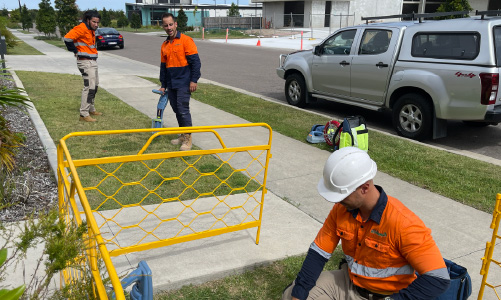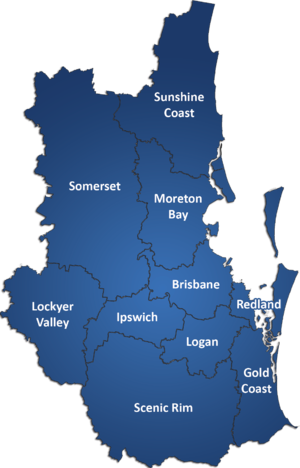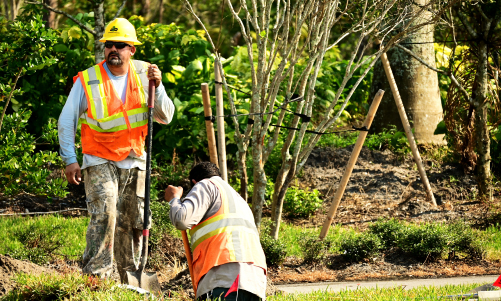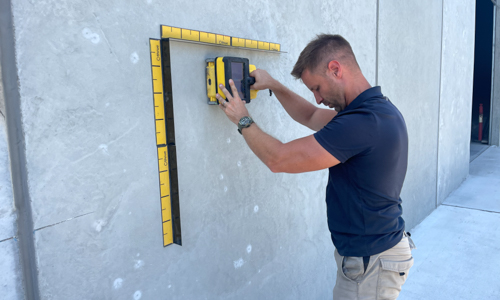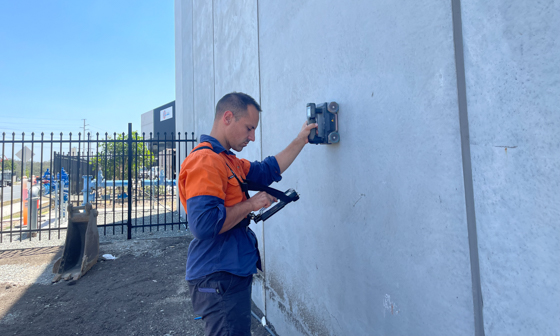Imagine planning a major build — only to find out halfway through that you’ve hit a buried utility or missed a design flaw that could have been detected weeks earlier. In today’s rapidly advancing construction industry, relying on outdated methods isn’t just inefficient — it’s risky. Technologies like Ground Penetrating Radar (GPR), drones, and 3D modelling are revolutionising how projects are planned, managed, and completed, bringing unprecedented accuracy, safety, and efficiency to every stage of construction.
At South East Scanning, we’re increasingly called upon to support energy providers, electrical contractors, and engineering consultants across Brisbane, the Gold Coast, and the Sunshine Coast, where substations and switchyards play a critical role in Queensland’s growing infrastructure. In these environments, GPR is not just useful – it’s essential.
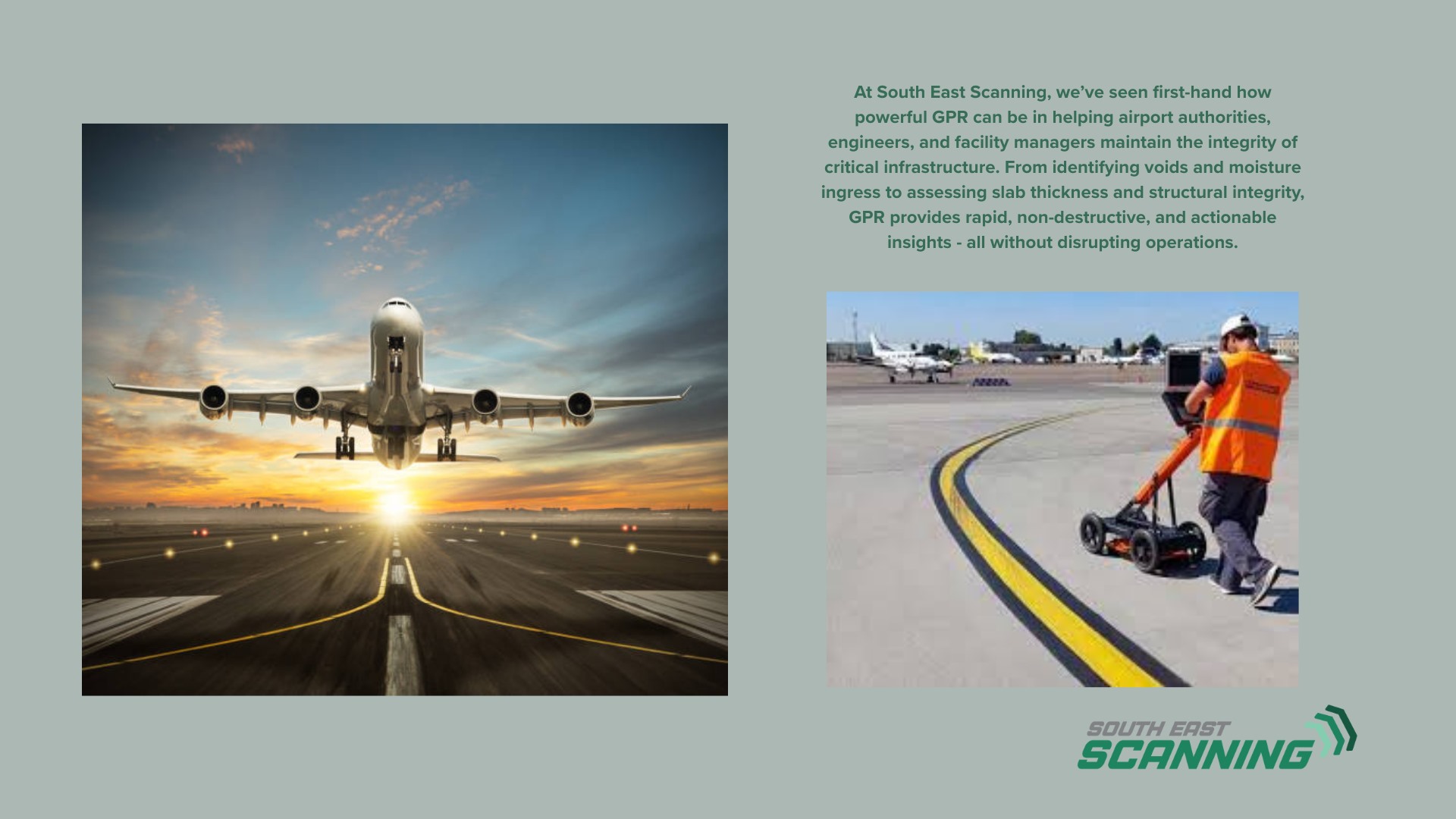
The Risks of Working in High-Voltage Areas
Substations and switchyards are sensitive, high-risk zones that often feature buried conduits, grounding grids, old fuel lines, concrete-encased cables, fibre optics, and abandoned infrastructure.
Traditional excavation methods, such as hydro-vac or manual potholing, are often infeasible due to clearance limitations, induced voltage hazards, and the dense web of conductive infrastructure.
1 WRONG STRIKE
Could Lead To:
- Electrocution hazards
- Widespread power outages
- Costly service disruptions
- Fatal damage to critical infrastructure
GPR: The Ideal Tool for Substation Scanning
GPR works by emitting high-frequency radar pulses into the ground and capturing the reflected signals to build a subsurface image. Because it’s non-conductive and non-invasive, it’s safe to use around live electrical equipment and doesn’t require physical contact with underground assets.
In high-voltage zones, this means we can:
GPR is especially effective when paired with electromagnetic locators (EML) to validate metallic utilities or when combined with as-built drawings and historical data for cross-referencing. GPR for Airport and Runway Inspections: Supporting Safe Skies from the Ground Up
Before every safe takeoff, there’s a silent layer of infrastructure beneath the tarmac doing its job – the subsurface foundation. Airports are high-performance environments where even the slightest deterioration in a runway, helipad, or taxiway can lead to costly delays or worse, compromise safety. While pilots and air traffic control staff are responsible for managing what happens in the skies, Ground Penetrating Radar (GPR) plays a vital role in managing what happens beneath them.
At South East Scanning, we’ve seen first-hand how powerful GPR can be!
Helping airport authorities, engineers, and facility managers maintain the integrity of critical infrastructure. From identifying voids and moisture ingress to assessing slab thickness and structural integrity, GPR provides rapid, non-destructive, and actionable insights – all without disrupting operations.
Why Subsurface Inspections Matter in Aviation
Unlike most construction environments, airports operate 24/7, with tight flight schedules, high security, and strict regulatory oversight. This makes traditional destructive testing methods (like core drilling or excavation) impractical during operational hours.
This is where non-destructive testing (NDT) methods, such as GPR, step in. With GPR, we can scan runways, taxiways, helipads, aprons, and tarmac zones to evaluate the internal health of concrete and the underlying base materials — all while the surface remains undisturbed.
What Can GPR Detect at Airports?
- Here’s what GPR can uncover in aviation environments:
- Void detection: Subsurface voids or sinkholes beneath runway slabs pose a significant risk to aircraft during landing or takeoff. GPR detects air gaps, erosion zones, and subsurface washouts early.
- Moisture ingress: The ingress of water into the sub-base or underlying soil layers can weaken the load-bearing capacity. GPR identifies moisture accumulation patterns and changes in dielectric properties.
- Slab delamination and cracking: GPR detects delamination between concrete layers and hidden fractures, which often precede surface spalling or major slab failure.
- Thickness validation: Runways are built to precise engineering specifications. GPR verifies the actual thickness of concrete slabs, overlay layers, and the depth of reinforcing elements.
- Drainage and trench locations: GPR is also useful for locating buried utilities, drainage systems, conduits, and older, disused services that may not be visible on modern drawings.
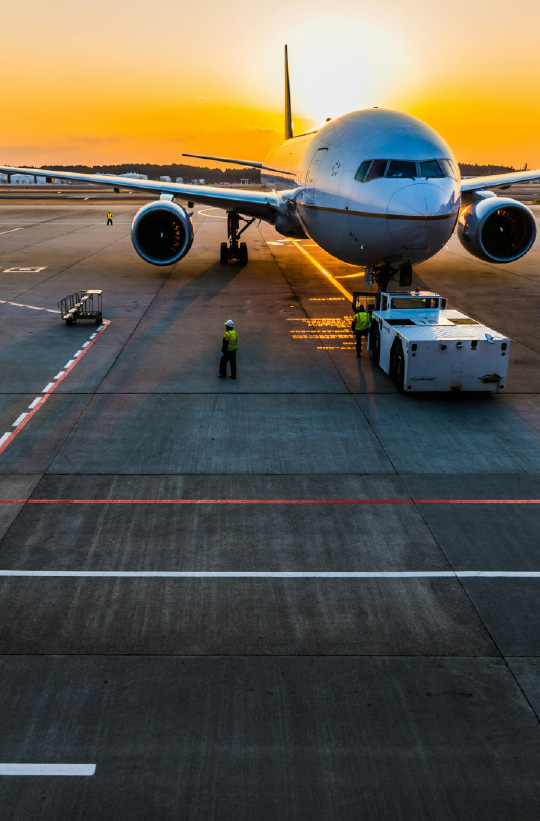

Airports Where GPR Matters Most
Airports in coastal and tropical climates, such as those found in Brisbane, the Gold Coast, and the Sunshine Coast, are especially prone to moisture-related subsurface issues due to high rainfall and humidity. At these sites, GPR scanning helps identify:
- Subsurface erosion caused by poor drainage or rising water tables
- Concrete degradation caused by saltwater ingress or reactive soil
- Shifts in the substrate due to expansive clays or seasonal saturation
Even regional airstrips, defence bases, and emergency response helipads benefit from routine GPR inspections to ensure surface integrity in remote or resource-critical locations.
GPR vs Traditional Inspection Methods
Traditional methods like core drilling and visual inspections have limitations:
- Core samples only provide spot-check data
- Cutting into a runway requires significant downtime and can affect operations
- Visual inspections can miss hidden internal deterioration
By contrast, GPR provides continuous, real-time data over large areas, improving both the speed and depth of inspections.
Integrating GPR with Other Technologies
At South East Scanning, we often combine GPR with infrared thermography, ultrasonic testing, or electromagnetic locators to create a comprehensive subsurface profile. These blended approaches enhance confidence in findings and inform targeted remediation strategies, thereby saving time and money.
We also integrate GPR data with survey control, CAD drawings, and GIS mapping platforms to provide easy-to-interpret deliverables that engineers and project managers can utilise immediately.
Safety and Compliance Benefits
Airport infrastructure is regulated under strict safety standards. Proactively using GPR aligns with ICAO, FAA, and Australian aviation safety guidelines, helping to:
- Avoid emergency shutdowns due to undetected subsurface failures
- Extend runway lifespan through early intervention
- Justify maintenance budgets with evidence-based reporting
Preventing one incident or emergency repair often pays for multiple GPR surveys.
Final Thoughts
As Australia’s aviation network continues to grow and modernise, investing in smarter, non-destructive inspection methods is no longer optional – it’s essential. GPR has proven itself time and again as a safe, fast, and accurate tool for inspecting airport infrastructure without the need for shutdowns or invasive testing.
At South East Scanning, we’re proud to support safe skies from the ground up – one scan at a time.
Ready to plan your next construction project? Partner with a technology-focused provider to integrate GPR, drones, and other innovative tools into your projects, improving efficiency, safety, and outcomes for every build.
